We asked Andrew Lewis, Collections and Exhibitions Manager at Brooklands Museum, to tell us about the other teams attempting to fly for glory in June 1919 and why Alcock and Brown won…
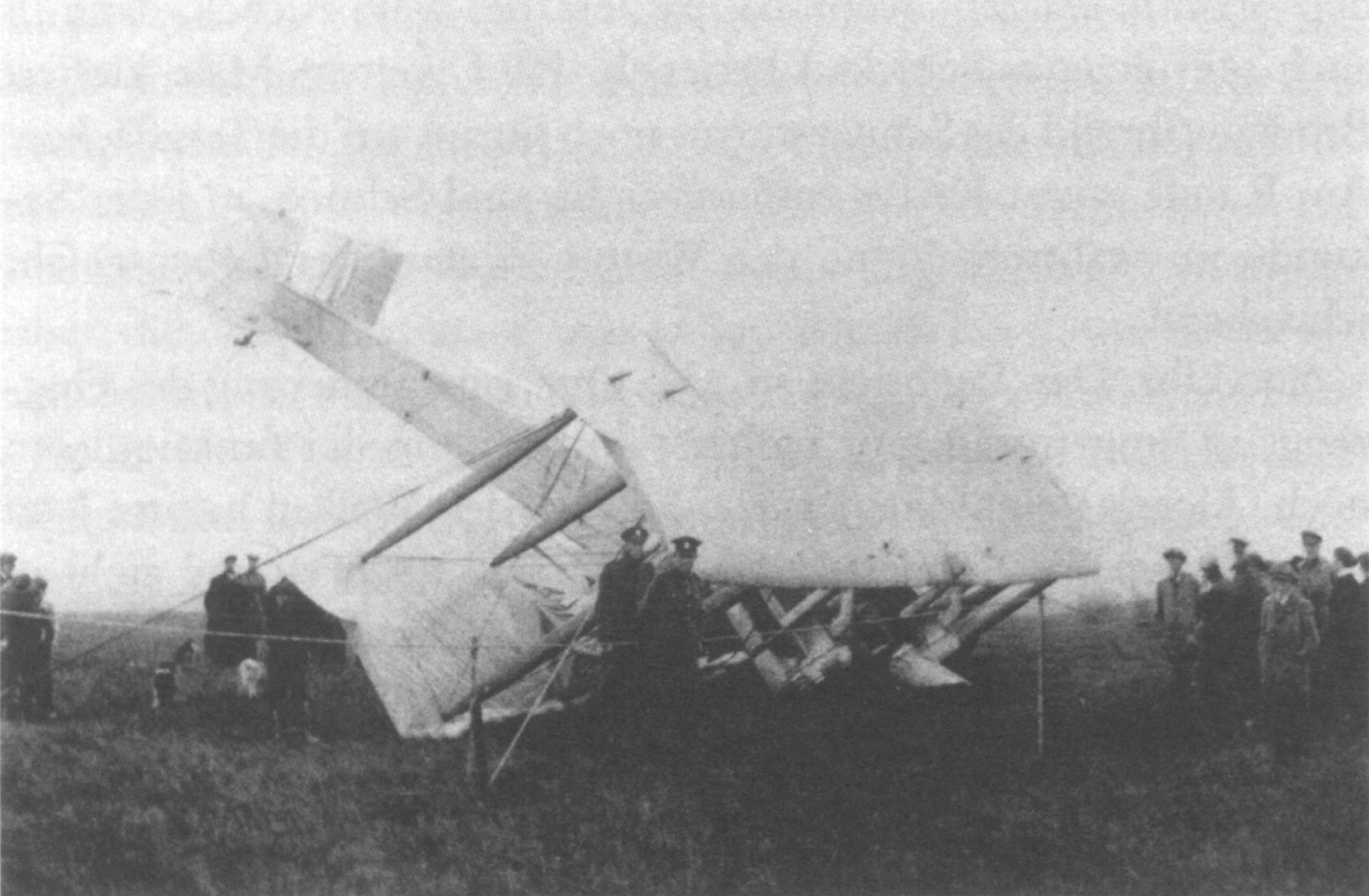
At 8.40am on the 15 June 1919, an aircraft appeared over Clifden, Ireland, fired two red flares and descended to land on what appeared to be the perfect spot. As it set down the aircraft dug into the soft ground of a peat bog, coming to rest in a crumpled heap. Local people rushed to aid the two men on board and, after they had checked they were unhurt, asked where they had come from? The pilot looked up with a grin and said simply, ‘America’. The crowd laughed at his apparent joke, and it was only when the navigator produced a bag of airmail from Newfoundland that they began to accept what these two airmen had achieved.
The beginning
The story started back in 1913 when Lord Northcliffe, proprietor of the Daily Mail, announced a £10,000 prize for the first aircraft to cross the Atlantic. This followed a number of other prizes issued by his newspaper for other milestones of aviation including the first crossing of the English Channel and the 1911 Circuit of Britain Air Race. The onset of war naturally halted progress on attempts to win the prize, but by 1918 the developments in aviation accelerated by war meant the crossing of the Atlantic was within reach.
The competition
Seventeen teams initially expressed an interest in attempting the crossing but as the competing aircraft prepared for take-off in the spring of 1919, a series of cancellations, accidents and mechanical failures meant that just four remained in contention. The favorites were the well-resourced Handley Page team, who were erecting a huge four-engined biplane based on their V/1500 heavy bomber. But the sheer size of their aircraft meant it took a long time to assemble and needed perfect conditions for takeoff, which ultimately caused them to fall behind their competitors.
The three remaining companies, Sopwith, Martinsyde and Vickers all had one thing in common, their roots at Brooklands. Built as the world’s first purpose-built motor racing circuit in 1906-7, Brooklands quickly became a hub of aviation development for pioneer aviators, evolving into a centre of pilot training and aircraft manufacturing.
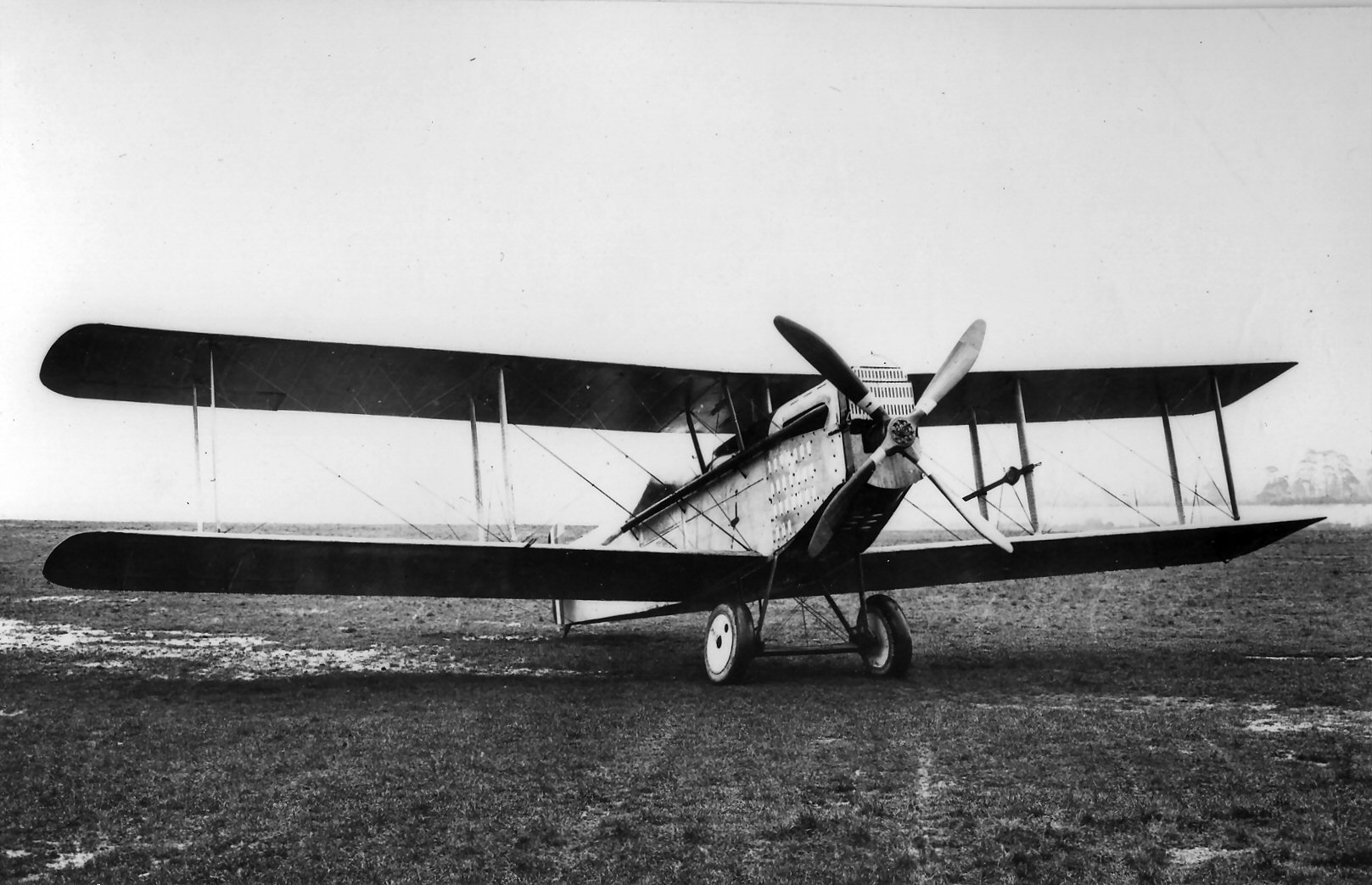
Sopwith
Thomas Octave Murdoch Sopwith, best known as ‘Tommy’, learnt to fly at Brooklands in 1910 and, within a month of earning his licence, won a substantial aviation prize worth £4,000 (almost £500,000 today). He used his winnings to set up his own flying school at Brooklands and quickly moved into aircraft manufacturing after struggling to find satisfactory aircraft to train his pupils. Whilst his company expanded rapidly and moved to larger premises in Kingston-upon-Thames, the new factory lacked space for an aerodrome so all their aircraft were transported by road back to Brooklands where they were assembled and flown.
Sopwith played a huge part in the First World War with over 18,000 Sopwith aircraft built, including the famous Sopwith Camel, the most successful allied fighter aircraft. As the end of the war approached Sopwith looked ahead and began planning for an attempt at the Atlantic prize very quickly. Their design, the Sopwith Atlantic, was based on their B.1 bomber design with a few special modifications including jettisonable undercarriage to reduce drag and a section of the rear fuselage which could be used as a boat in case of an emergency landing at sea.
There was only one man to fly Sopwith’s entry, their test pilot, Harry Hawker. Hawker had arrived in Britain from his native Australia in 1911 with a dream of working in aviation and learning to fly. His mechanical skill earnt him a job with Tommy Sopwith but after a few flying lessons his talent as a pilot became clear and he was quickly entrusted with testing Sopwith’s aircraft, often a dozen new aircraft a day at the height of wartime production.
Hawker, and his navigator Kenneth Mackenzie Grieve were the first aviators to arrive in Newfoundland in March 1919 and quickly located a suitable site to assemble their aircraft. Prepared and ready to set off, the weather turned against them and frustrated all their attempts to make use of their head start.
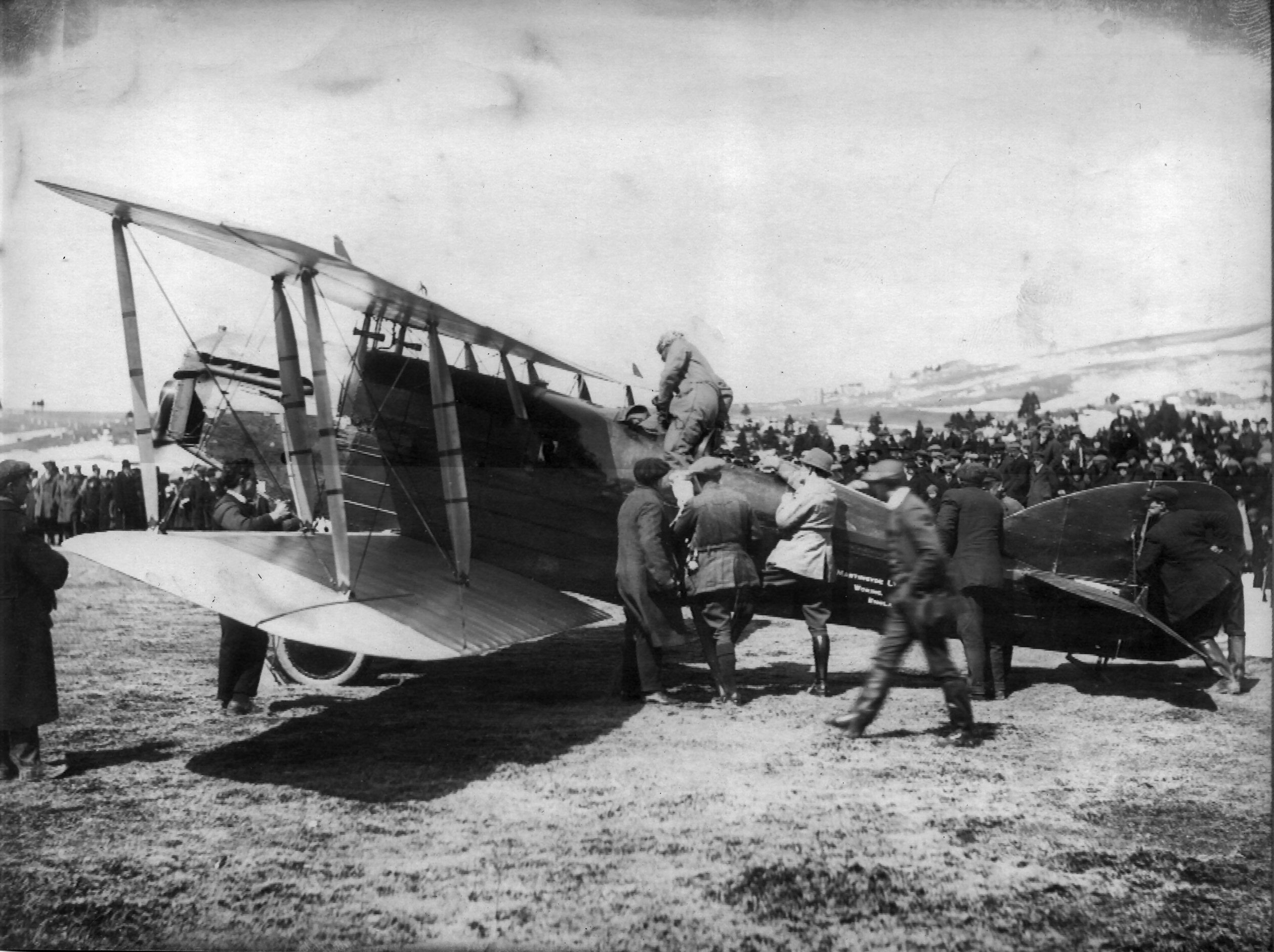
Martinsyde
The next competitors to arrive were Martinsyde, another company founded at Brooklands in the early years of aviation by Helmut Martin and George Handasyde. Much like Sopwith, they had set up a factory away from Brooklands, in nearby Woking, but continued to use Brooklands for assembly and flying.
Their entry was based on the Martinsyde Buzzard and named the Raymor, after the crew Frederick Raynham and C W Fairfax Morgan. ‘Freddie’ Raynham gained his pilot’s licence at Brooklands at only 17 years old and had become an instructor and competitive pilot for Avro by the age of 19. He moved to Martinsyde during the war to act as a test pilot and was their natural choice for their entry into the race to cross the Atlantic.
Hawker and Raynham were firm friends, having spent much of the preceding years flying together from Brooklands and competing against each other in air races. They were both based from the same hotel in St. John’s, Newfoundland and their mutual respect led to them striking a deal that they would each give the other one hour’s notice of their intent to set off, to prevent the other making a rushed attempt to follow which could end in disaster.
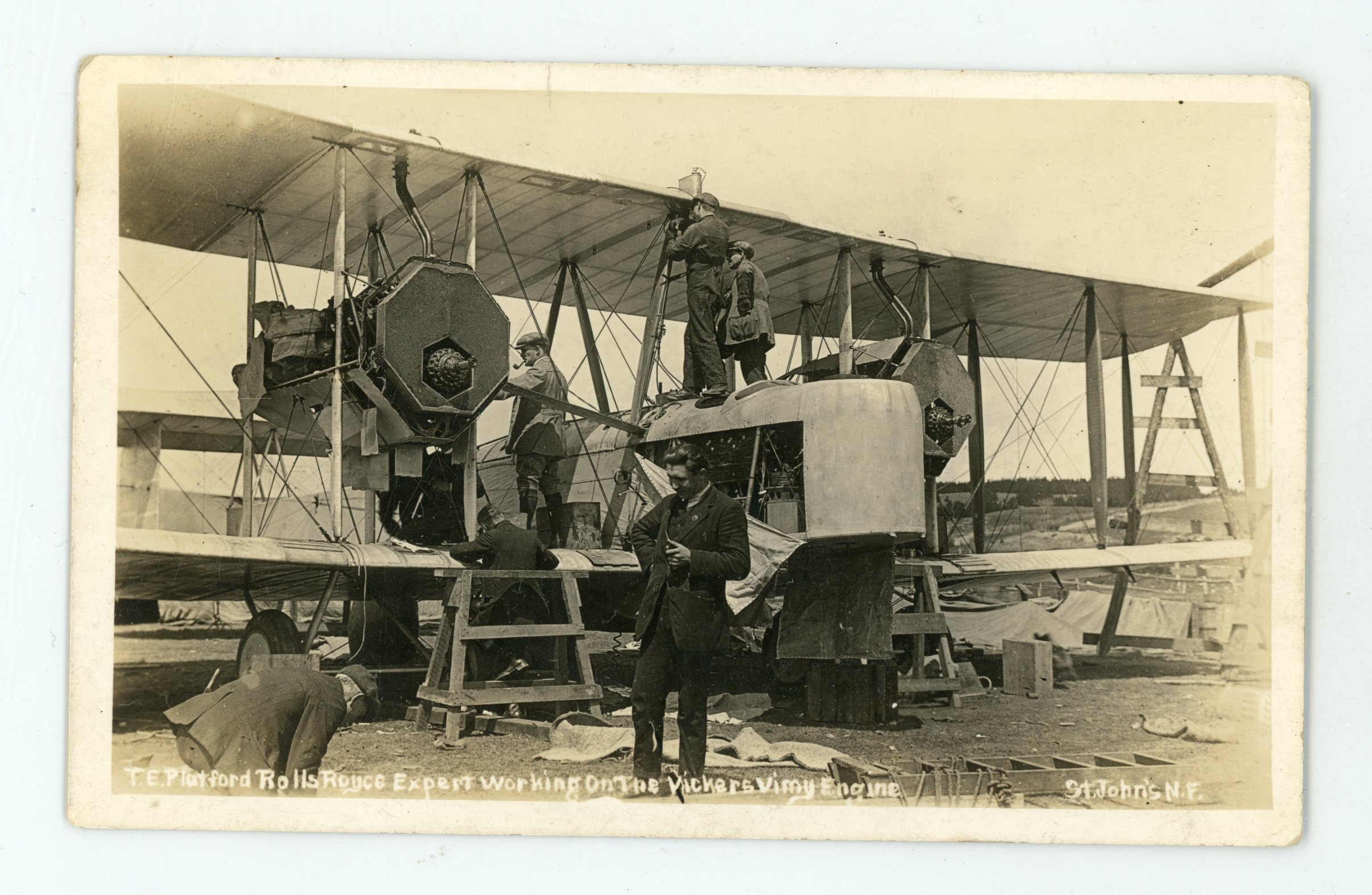
Vickers
The latecomers to Newfoundland were from the Vickers company, whose flying activity had been based at Brooklands since 1915 when they moved into an empty car factory and began producing aircraft under licence for the Royal Aircraft Factory. In the middle of 1917, they began work on a new design for a twin-engined bomber, the Vickers Vimy, but despite its rapid development, from a sketch design to the production of three prototypes in just four months, the end of the war arrived before it could see active service. Nevertheless, it was the perfect aircraft for their own attempt to cross the Atlantic, so work began to modify one with extra fuel tanks, one of which was cleverly designed to act as a flotation device in case of landing at sea.
Their choice of pilot was John Alcock, another regular at Brooklands before the First World War. A skilled engineer, he began his aviation career in Manchester with Empress Engineering before moving to Brooklands to work at Maurice Ducrocq’s flying school and learning to fly. During the war he served with the Royal Naval Air Service and earned a reputation for daring long distance air raids in the Mediterranean before being captured and spending the remainder of the war as a prisoner. After the war Alcock approached Vickers about an Atlantic attempt and was joined on the project by navigator Arthur Whitten Brown.
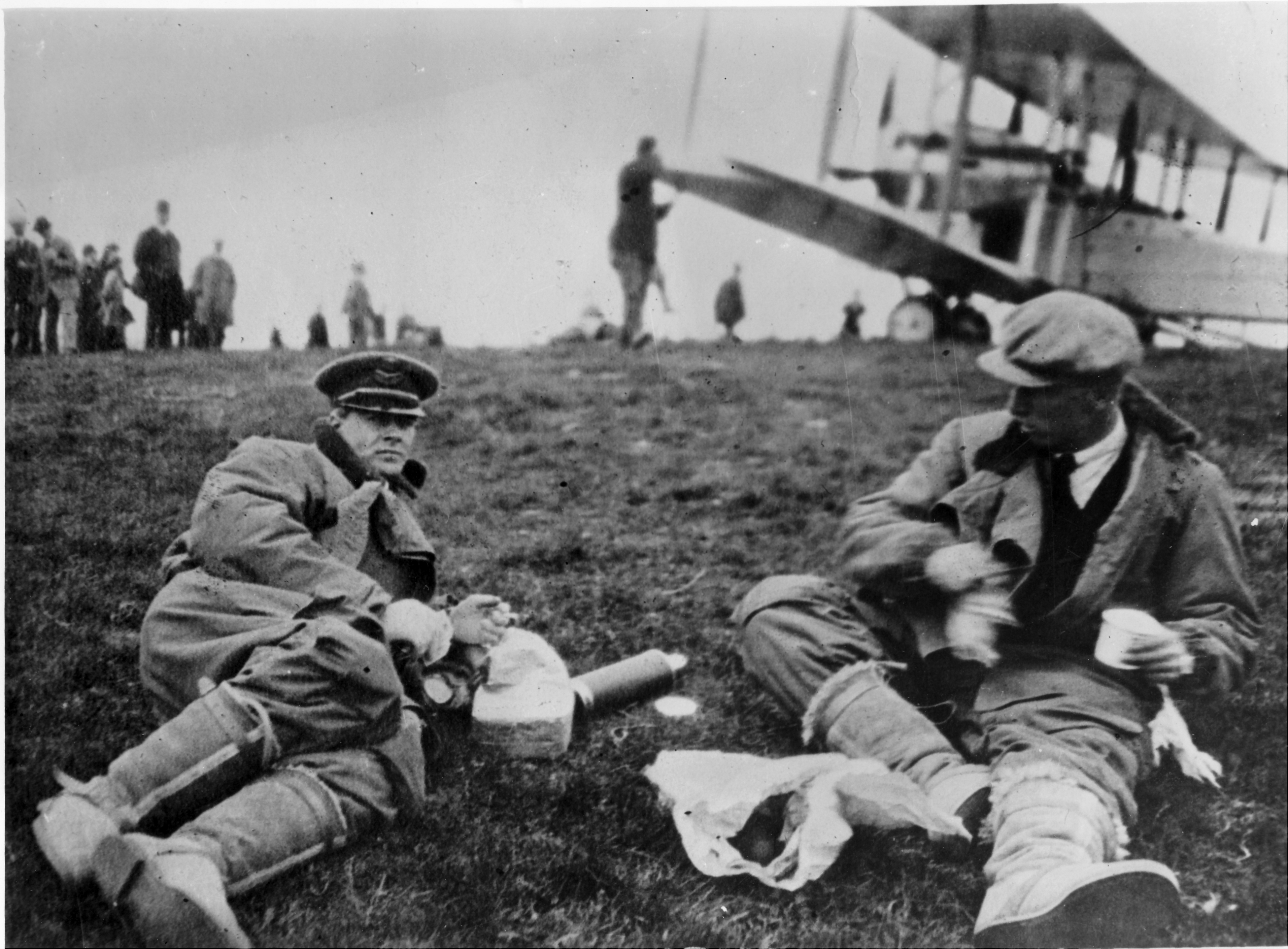
Disaster strikes
Alcock and Brown arrived in Newfoundland to find all the best places to take off from occupied by other teams, and they were still searching when the news broke, Hawker had taken off. Urged on by a plan by the American Navy to cross the Atlantic using a flying boat and a fleet of twenty-three support ships, Hawker seized on a window of improved weather and set off. In line with their agreement, Raynham in the Martinsyde attempted to follow Hawker, only for his undercarriage to collapse due to the heavy load of fuel and the rough ground, ending their flight before it had even started.
The airmen in Newfoundland awaited news of Hawker’s triumphant arrival but none came. As days passed it became clear that the Sopwith aircraft hadn’t made it and Hawker and Grieve were presumed lost at sea. It was not until six days later that a Norwegian cargo ship, the Mary, reached Scotland and was able to pass on the message that, beyond all odds, the airmen were safe. After experiencing problems with an overheating engine 800 miles from land, Hawker had altered route towards the Atlantic shipping lanes and chanced across a ship, landing in the water and paddling to safety on their ingenious boat. As the Mary was a simple freighter without a wireless set, their rescue went untold until they reached land and could finally put the world, especially their heartbroken families, at ease.
Lift off
Sopwith’s disaster, Martinsyde’s accident and Handley Page’s continuing delays all played into the hands of the latecomers from Vickers. Alcock and Brown continued their preparations and were greatly helped by Raynham and the Martinsyde team with use of their airfield and fuel supplies. Another window of good weather appeared and at just after 4pm on the 14th June, the Vickers Vimy began its take off. It lumbered along the make-shift runway and just managed to lift its heavy load of fuel into the air and clear the stone wall at the end of the field.
The following 16 hours were filled with drama, their radio failed almost immediately as did their electrically heated suits leaving them alone and exposed to the elements. Brown continually struggled to navigate through terrible fog and snow and only Alcock’s skill saved them from a spin which he recovered just 50 metres from the sea. But ultimately, they prevailed and despite the somewhat inelegant end to their flight they achieved many had thought impossible, a direct crossing of the Atlantic Ocean, just 16 years after the first powered flight.
Find out more about what happened on Alcock and Brown’s flight in Alcock, Brown and the first Non-Stop Transatlantic flight, and find out more about Brooklands Museum here.
A great blog Andrew. Very well told.